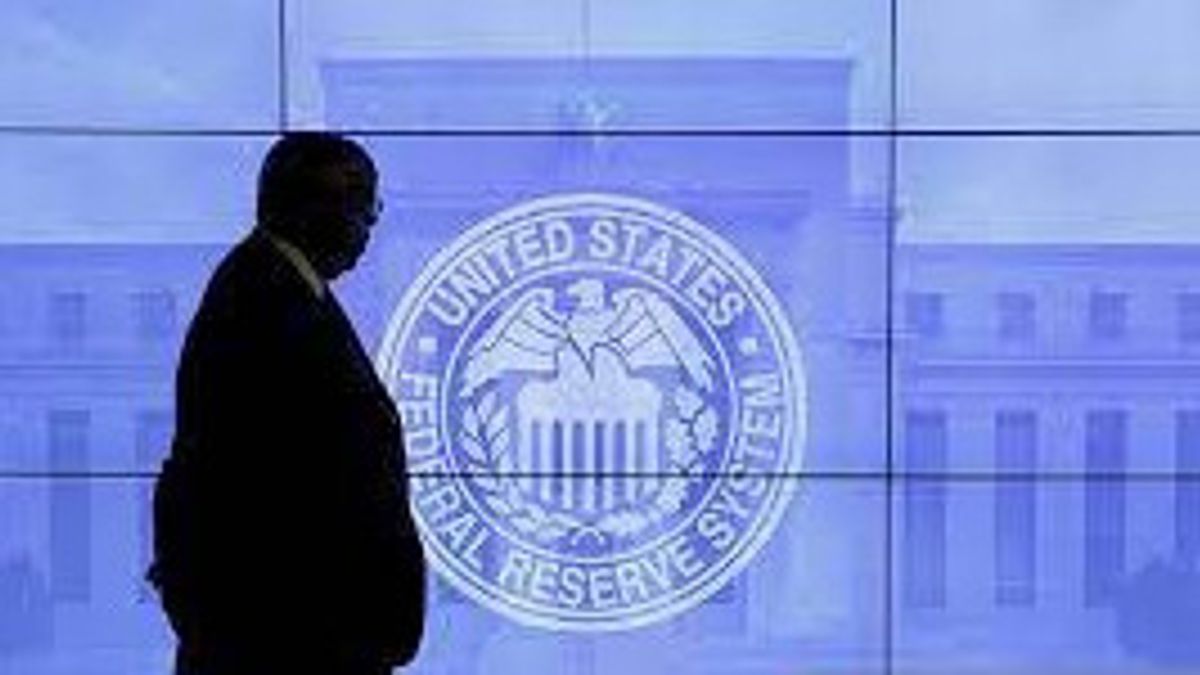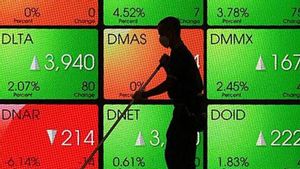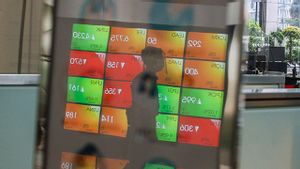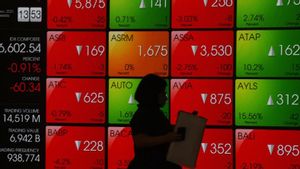WASHINGTON - The United States Central Bank (Federal Reserve/The Fed) on Wednesday, March 16, officially raised its benchmark interest rate as a way to suppress the highest inflation rate in four decades.
This is the first time the Fed has taken the policy to increase interest rates, since the last time it was carried out in 2018.
"Inflation remains high, reflecting the pandemic-related supply and demand imbalance, higher energy prices, and broader price pressures," the Fed said in a statement.
In policy this time, the Fed decided to increase the target range for the federal funds rate by a quarter of a percentage point to 0.25 to 0.50 percent and anticipates that a sustained increase in the target range will still be appropriate.
In addition, the statement said that the Fed hopes to begin reducing its holdings of US securities and agency debt and agency mortgage-backed securities in its next meeting.
VOIR éGALEMENT:
The target range for the federal funds rate was previously set near zero in March 2020 to stimulate the US economy at the start of the COVID-19 pandemic.
The central bank also started a program of unlimited bond purchases to prop up markets and reduce long-term borrowing costs. Now the Fed's balance sheet has swelled to nearly $9 trillion from about $4.5 trillion two years ago.
With U.S. inflation hitting a 40-year high and well above the central bank's target of 2.0 percent, many Fed officials have stated in recent months that they would support plans to embark on a series of rate hikes and reduce this year's balance sheet in a bid to cool off the overheated economy.
The consumer price index (CPI) last month jumped 7.9 percent from a year earlier, the biggest 12-month growth since the period ended January 1982, according to the US Department of Labor.
The Federal Open Market Committee (FOMC), the Fed's policy-making committee, on Wednesday, March 16, approved a rate hike by an 8 to 1 vote, with Federal Reserve Bank President St. Louis James Bullard disagreed in favor of a larger half percentage point increase.
The Fed's quarterly economic projections released Wednesday, March 16, show that most Fed officials expect the federal funds rate to rise to 1.9 percent by the end of the year and around 2.8 percent by the end of 2023. That implies a total of seven hikes interest rates are a quarter percentage point this year and three or four next year.
"Of course, these projections do not represent a committee decision or plan, and no one knows for sure where the economy will be a year or so from now," Fed Chair Jerome Powell said at a virtual news conference.
Asked when U.S. inflation would drop, Powell said he expects inflation to remain high through the middle of the year and start falling more sharply next year.
"It may take longer, but I believe we will lower inflation," Powell said.
Powell also admits that high inflation hurts everyone, especially people who use a large part of their income to buy basic necessities such as food, housing and transportation.
"We will not allow high inflation to ensue. The costs will be too high. And we will not wait too long to do that," said Powell.
The English, Chinese, Japanese, Arabic, and French versions are automatically generated by the AI. So there may still be inaccuracies in translating, please always see Indonesian as our main language. (system supported by DigitalSiber.id)











